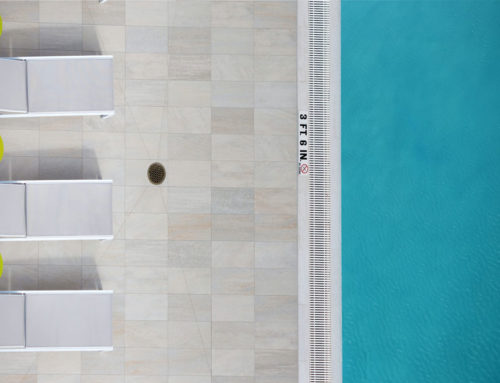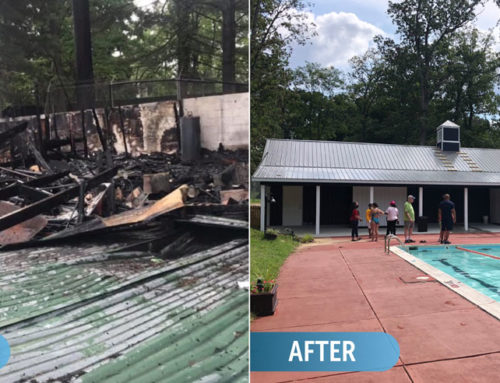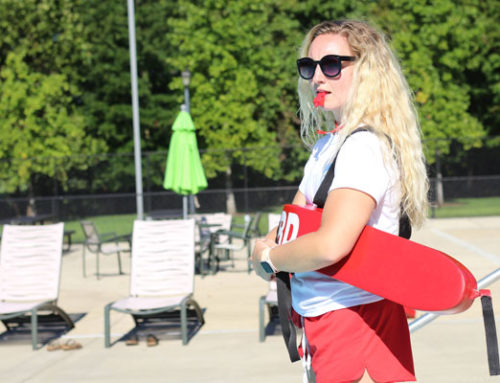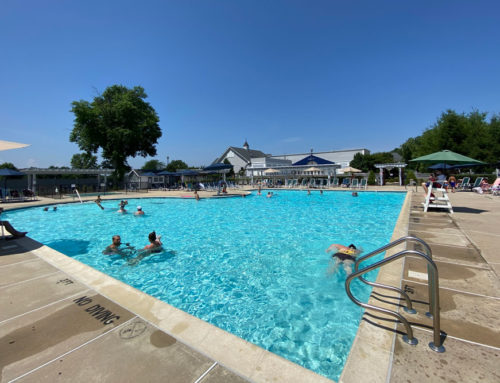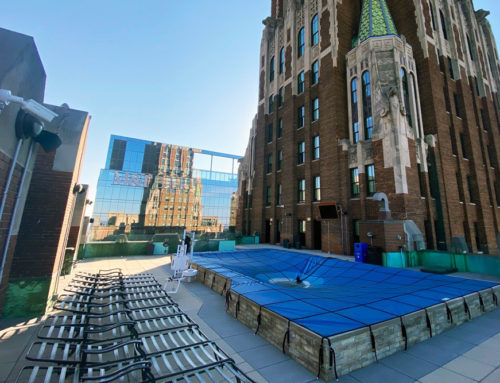The majority of pool management is rightly focused on the experience in the water. From temperature to chemical balance, managers need to stay on top of several simultaneous factors to keep patrons safe. If lifeguards and other staff members receive the proper training and pool managers purchase the right safety equipment, many injuries may be avoided.
However, the unique scenario of an indoor pool creates certain challenges that pool managers must still be aware of. The air quality of an indoor pool is likely to be much different than outside due to higher temperatures, humidity levels and chemicals that have become air-borne. You should follow certain tips to keep every aspect of your indoor pool safe for patrons.
What are the dangers?
Because many different people usually use a single pool, disinfecting chemicals are often necessary to remove all harmful traces of bacteria and germs. In an outdoor pool, these chemicals can disperse into the atmosphere, but indoor pools trap these irritants in a confined space.
The U.S. Centers of Disease Control and Prevention explained that the use of chlorine-based disinfectants often produces by-products that become air-borne after a certain time period. These irritants may also attach themselves to the sweat of swimmers and spread outside the water.
Continued respiration of these elements can lead to coughing, wheezing, more intense asthma attacks and a possible weakened immune system response to subsequent infections.
HVAC is your solution
The key to clean air is continuous circulation, and there’s no quicker or more efficient way to recycle a whole room full of air in minutes than a top-of-the-line heating, ventilation and air conditioning system. Aquatic News explained that chlorine-based irritants are often heavier than air, which means they sink to the bottom of the room. It’s important for HVAC systems – often mounted from the ceiling – to have enough power to circulate air across large distances.
Some pool managers choose to install floor-mounted HVAC systems to more efficiently clear the heavy chlorine particles from the air. Resembling a bench or baseboard heating system, these circulation solutions move less air, but remove the most harmful elements. Also, this configuration places your HVAC system directly in the way of patrons, who may unintentionally damage the equipment.
While you may prize a certain aesthetic in your indoor pool and don’t want to see it marred by overhead rafters or cumbersome floor units, there are certain ways to approach HVAC as an artistic solution as well. Small indoor pools may be able to get by with a series of designer dehumidifiers, which whisk moisture away from the air and are designed with appearance in mind. While they can be used as standalone devices, dehumidifiers must be linked up to a drainage system to remove the water they collect – otherwise you’ll have to remove all the collected moisture manually.
No matter what kind of HVAC configuration you choose, high air quality is essential for your patrons to enjoy themselves. They may not notice the difference, but you can rest assured that everyone is protected from air-born illnesses.


